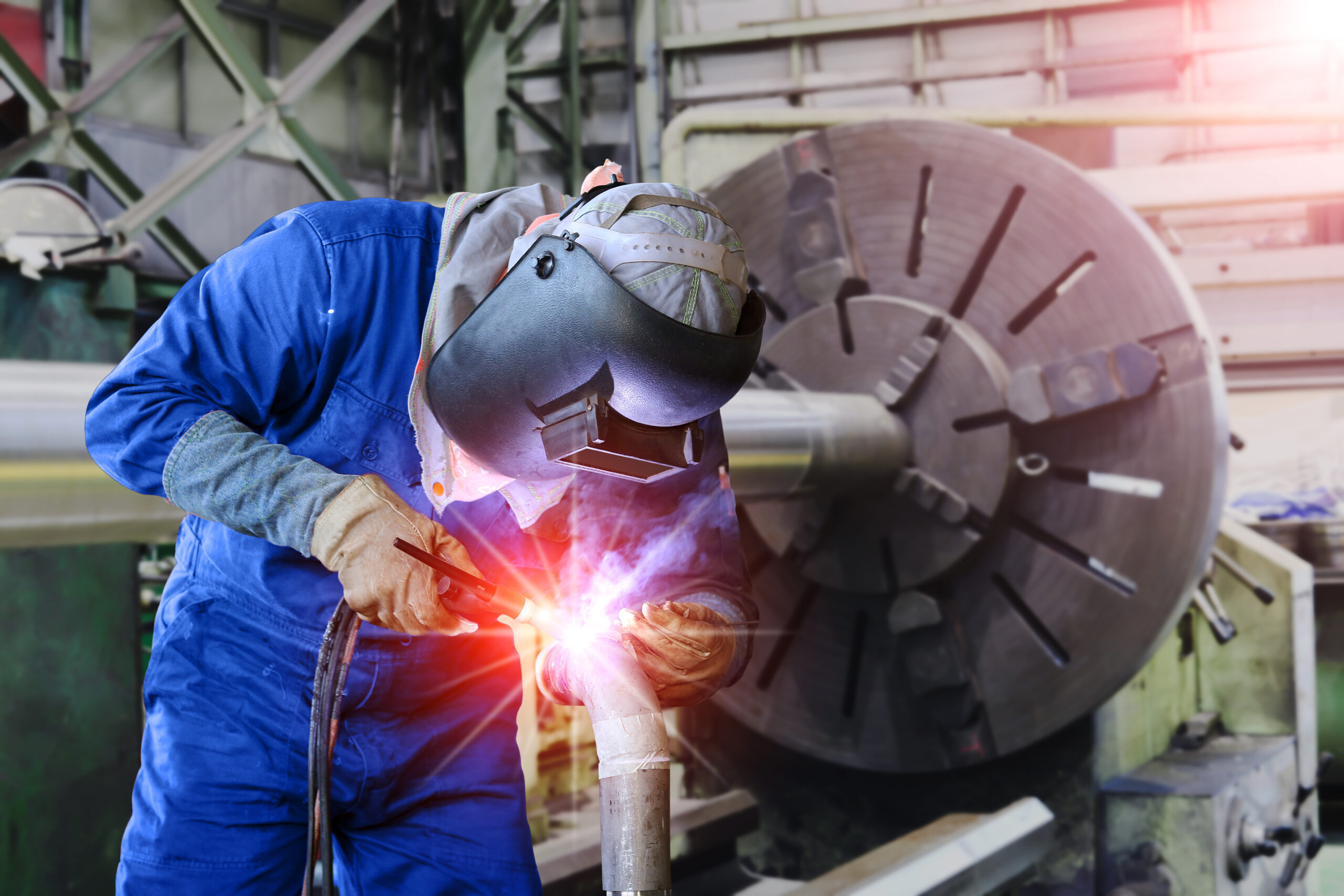The Ultimate Guide to Welding WPS Procedures: A Thorough Introduction for Welders
In the intricate globe of welding, Welding Treatment Specs (WPS) offer as the backbone of ensuring quality, consistency, and security in welding operations (welding WPS). As we delve right into the various components of a WPS and discover the details of qualification and accreditation, we will uncover the vital role these treatments play in the world of welding.
Value of WPS Procedures
Recognizing the value of Welding Procedure Requirements (WPS) treatments is crucial for making sure the top quality and stability of welded frameworks. WPS procedures act as a roadmap for welders, detailing the needed steps, criteria, and materials called for to attain a sound weld. By adhering to WPS standards, welders can make sure consistency in their work, bring about structurally sound and reliable welds.
Among the main factors why WPS treatments are essential is their duty in keeping weld top quality and honesty. Following the specified welding parameters and techniques laid out in the WPS assists stop flaws such as porosity, breaking, or insufficient combination, which can endanger the stamina and resilience of the weld. In addition, WPS procedures are crucial for making certain compliance with sector requirements and codes. By complying with recognized WPS standards, welders can demonstrate that their work fulfills the required needs for safety and security and top quality, giving assurance to customers, examiners, and regulative bodies. Fundamentally, the significance of WPS procedures can not be overemphasized, as they are fundamental to accomplishing consistent, high-quality welds that fulfill sector standards and specs.

Elements of a WPS
A Welding Treatment Specification (WPS) commonly comprises necessary parts that information the details demands for executing a weld, making certain uniformity and quality in the welding procedure. The crucial elements of a WPS include crucial variables such as base steels, filler steels, interpass and preheat temperatures, welding processes, shielding gases, welding placements, and post-weld warmth therapy needs.
Base metals describe the materials being joined, while filler steels are utilized to load the gap between the base steels throughout welding. Preheat and interpass temperatures are critical for regulating the warmth input and avoiding issues like breaking or distortion. The welding procedure lays out the certain method to be used, whether it's gas steel arc welding (GMAW), protected steel arc welding (SMAW), or one more approach. Protecting gases safeguard the weld swimming pool from atmospheric contamination. Welding settings define the orientations in which welding can be executed. Post-weld warm treatment may be necessary to alleviate stress and anxieties and improve the weld's residential properties. An extensive understanding of these elements is critical for producing a reliable and comprehensive WPS.

Qualification and Accreditation
Having established the essential elements of a Welding Procedure Requirements (WPS), the emphasis now shifts towards the vital facets of qualification and qualification in welding methods.

Certification, on the various other hand, is the formal acknowledgment of a welder's credentials by an appropriate certification body or company. Welding certifications are usually based upon the particular welding procedures, materials, see this page and settings a welder is qualified to function with. Holding a valid welding qualification demonstrates that a welder visit homepage satisfies market standards and is experienced to perform welding tasks to the required specifications.
Developing a WPS
To develop a Welding Procedure Spec (WPS) that fulfills industry criteria, careful consideration of welding processes, products, and operational specifications is important (welding WPS). The very first step in developing a WPS is to recognize the welding procedure to be utilized, such as gas steel arc welding (GMAW) or secured metal arc welding (SMAW) When the welding procedure is established, the next critical aspect is choosing the proper products, thinking about variables like base metal type, thickness, and joint style. Functional parameters such as welding current, voltage, travel speed, and securing gas composition have to likewise be thoroughly specified in the WPS.

Carrying Out and Monitoring WPS
Upon settling the detailed Welding Procedure Specification (WPS) that meticulously details welding processes, products, operational specifications, and high quality guarantee actions, the emphasis shifts to properly implementing and keeping an eye on the recognized treatments. Execution entails making certain that all welders involved in the job know with the WPS and follow it diligently throughout the welding procedure. This requires supplying appropriate training and supervision to guarantee adherence to the defined treatments. Monitoring the WPS entails continuous oversight to confirm that welding tasks straighten with the recorded specs. Evaluations, screening, and quality assurance steps are essential elements of the surveillance process to identify any inconsistencies or issues promptly. Routine audits and reviews of the welding treatments help in preserving consistency and top quality throughout the job. Reliable execution and surveillance of the WPS are important for guaranteeing the stability, toughness, and safety and security of the bonded joints, ultimately adding to the general success of the welding task.
Verdict
Finally, understanding and adhering to Welding Procedure Specifications (WPS) is critical for welders to make sure top quality, uniformity, and safety and security in their work. By recognizing the components of a WPS, getting correct credentials and accreditations, creating detailed procedures, and executing and monitoring them effectively, welders can improve their abilities and efficiency in welding methods. Sticking to WPS treatments is Our site vital for producing top notch welds and conference industry standards.
In the intricate globe of welding, Welding Procedure Specifications (WPS) serve as the foundation of making sure high quality, uniformity, and safety and security in welding procedures. The welding procedure lays out the specific method to be made use of, whether it's gas steel arc welding (GMAW), secured steel arc welding (SMAW), or one more method.To develop a Welding Procedure Specification (WPS) that fulfills industry criteria, cautious consideration of welding procedures, materials, and functional specifications is vital. The first step in producing a WPS is to recognize the welding procedure to be utilized, such as gas steel arc welding (GMAW) or shielded steel arc welding (SMAW)Upon completing the detailed Welding Treatment Specification (WPS) that thoroughly information welding procedures, materials, functional parameters, and top quality assurance procedures, the emphasis shifts to effectively executing and checking the established treatments.
Comments on “Maximizing Your Welding WPS: Methods for Improved Efficiency and Efficiency”